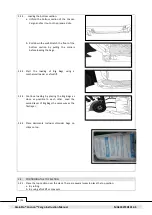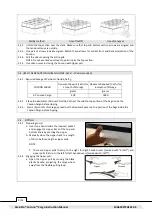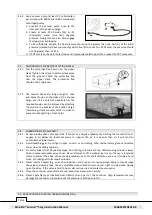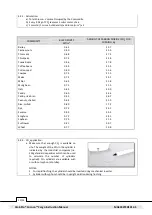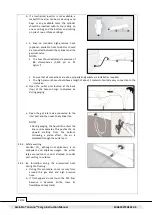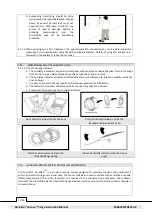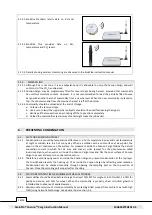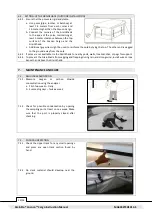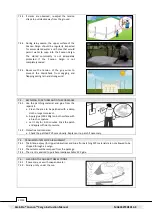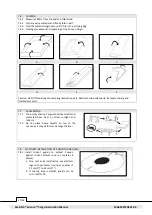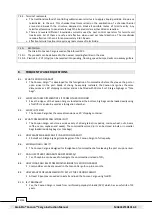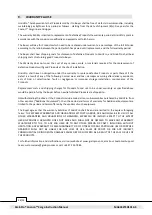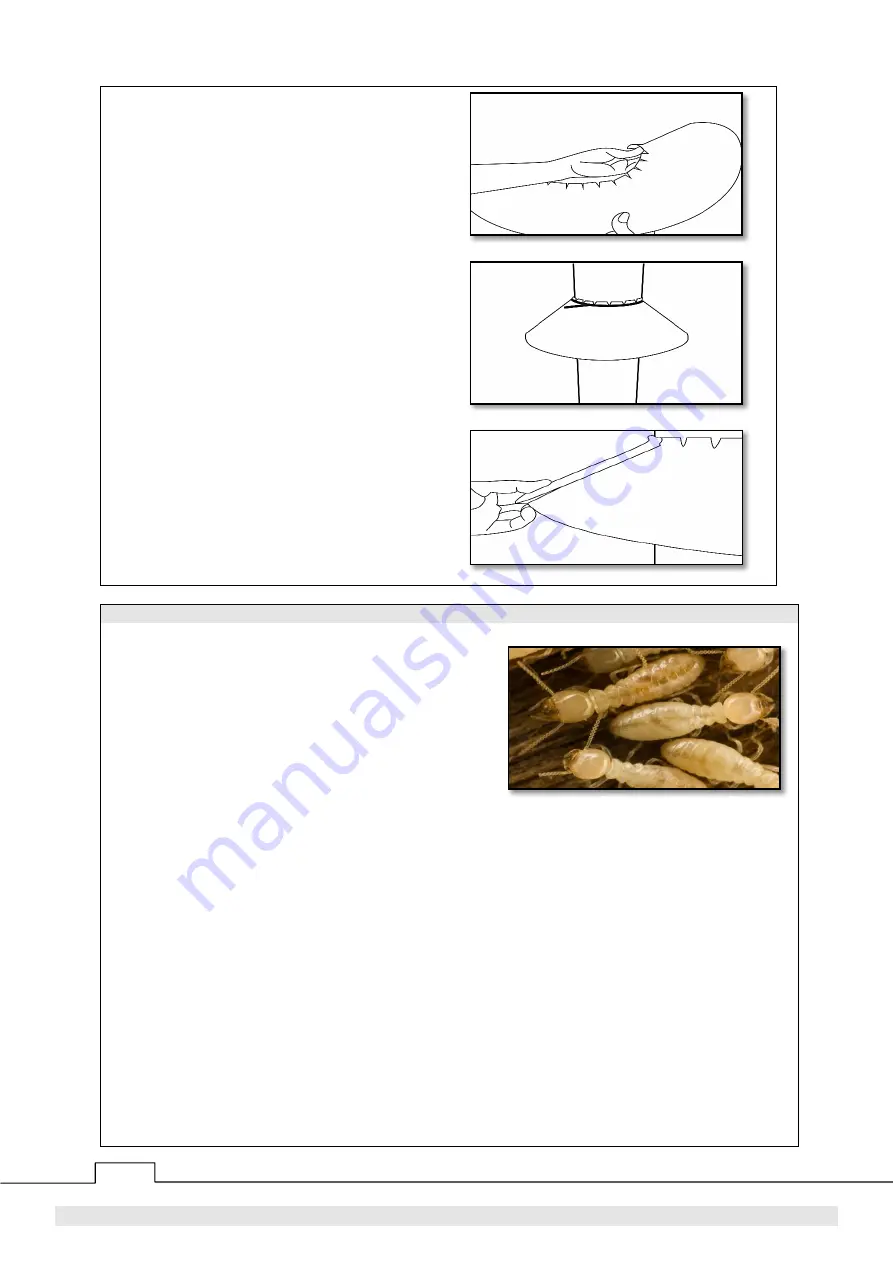
22/24
GrainPro® Cocoon™ Cargo Instruction Manual
MA4042TSD1014-3
7.8.2.
Fold the rodent guard's teeth upwards against
the sides of the leg to keep it from slipping.
7.8.3.
Make sure to overlap the sides at least one
inch (2.5 cm).
7.8.4.
Lock the overlap using staple wire, cable wire,
or any fastener.
7.9.
TERMITE CONTROL
7.9.1.
Overview of Termite
a.
The two most common types of termites
are "dry wood" and "ground," or
subterranean termites.
b.
Termites need moisture to survive and will
die if exposed to sunlight or open air for
more than a few minutes. Their tunnels
protect them from the elements.
c.
High moisture areas like basements and crawl spaces are very attractive to termites and can serve as
starting points for an infestation.
7.9.2.
Description (Subterranean Termite)
a.
Food and moisture:
Need a great deal of moisture such as from soil, and damp wood, Cellulose (from wood) is their
diet.
b.
Habitat:
Usually they live in the soil, but can be above ground if enough moisture is present. They have
large colonies.
c.
Evidence of activity:
Protective mud tubes ascending from the ground to the structure or protruding from walls, etc.
d.
Prevention:
Pre-treat the soil with a termiticide before construction.
For more information go to Chemical soil treatment.
Use a termite bait station monitoring system to monitor termite activity and bait placements
after detection.
Conduct regular inspections.
e.
Control Measures:
With current activity use a baiting program or a termite barrier treatment.

